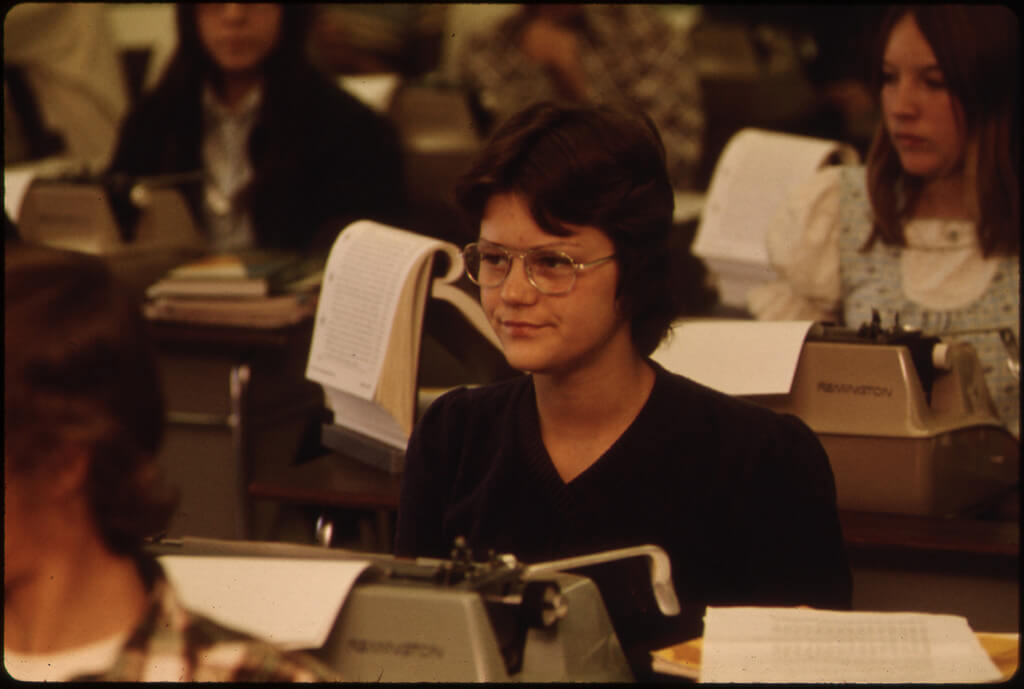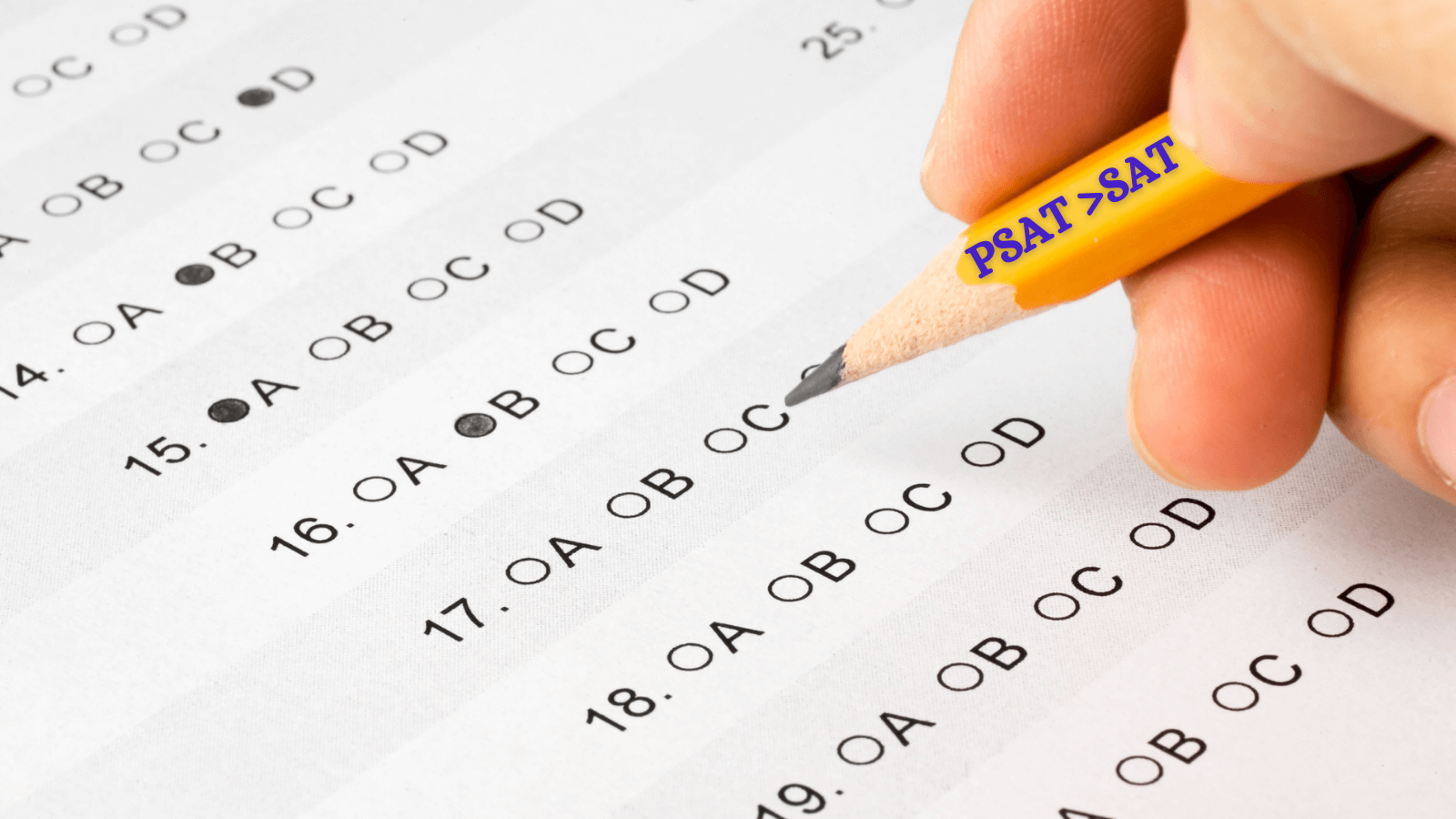Student-centric advice and objective recommendations
Higher education has never been more confusing or expensive. Our goal is to help you navigate the very big decisions related to higher ed with objective information and expert advice. Each piece of content on the site is original, based on extensive research, and reviewed by multiple editors, including a subject matter expert. This ensures that all of our content is up-to-date, useful, accurate, and thorough.
Our reviews and recommendations are based on extensive research, testing, and feedback. We may receive commission from links on our website, but that doesn’t affect our editors’ opinions. Our marketing partners don’t review, approve or endorse our editorial content. It’s accurate to the best of our knowledge when posted. You can find a complete list of our partners here.
How to Email Your Professor (With Examples)
 By
Lisa Freedland
By
Lisa Freedland 
Lisa Freedland is a Scholarships360 writer with personal experience in psychological research and content writing. She has written content for an online fact-checking organization and has conducted research at the University of Southern California as well as the University of California, Irvine. Lisa graduated from the University of Southern California in Fall 2021 with a degree in Psychology.
Full BioLearn about our editorial policies

Every academic year, more and more professors complain that students do not know how to write nor respond to emails. Often, students are simply not taught how to write such emails to begin with. Some students are entirely clueless about what they’re doing wrong. To help make sure you don’t make these same mistakes, we’re going to show you how to email your professor (with examples)!
Keep on reading so that you can be confident in what you’re saying before you even hit “send.”
Emailing professors: A how-to guide
We’re sure that you’ve emailed people before, whether teachers, coworkers, friends, or family, but emailing professors is a little different. Emailing professors requires a level of formality not typically required when emailing people you’re already familiar with (yes, even if you know the professor well!). So, to make sure you don’t leave a bad impression on your professors, we’ve established a few tips that you should go by before sending off that email. Let’s get into them!
Don’t miss: How to ask for letters of recommendation
Be professional
Perhaps most importantly, you should be professional when emailing your professors. But, what do we mean by this?
Simply, being professional when emailing your professors means using proper grammar, not using slang or emojis, and using their proper title (we’ll get into what this means next).
Further, if you’re asking for an extension for an assignment, giving a heads-up as to why you’ll be missing class, or anything along these lines, try not to give away too much personal information as to why. For example, rather than saying you have a stomach ache or caught the flu, you can instead say that you came down with an illness. The exact sickness (or reason) is not the most relevant information. Your professor will probably be grateful not to know anyway.
Apply to these scholarships due soon
See all easy scholarshipsInclude their title + name
Time for titles! If you’re not familiar with what titles are, titles refer to the words used before or after a person’s name that indicate a person’s position or role. When it comes to professors, students normally use either the title “Doctor” (abbreviated Dr.) or “Professor.”
And, as normally comes after someone’s title, you should be sure to include their last name after. So, let’s say you’re emailing a professor called Susan Robinson. You could start the email off with something like:
“Dear Dr. Robinson,” or “Hello Dr. Robinson,” or “Dear Professor Robinson,” or “Hello Professor Robinson,”
All these are fine choices, and it’s entirely up to you to choose whichever you prefer. And, if you haven’t quite noticed, it’s quite common to use “Dear” or “Hello” when starting off an email to a professor, but these aren’t your only options (just common ones). Whichever you use is, once again, up to your personal preference!
Don’t miss: How to make a budget in college
Say something nice
Yes, really. It doesn’t hurt to be nice when emailing professors, especially when you’re asking for their advice or help.
So, how do you start out with something nice? Well, typically, after greeting your professor with their title and name (as we demonstrated above), you’ll add something along the lines of:
- “Hope you had a great weekend.”
- “I hope you’re enjoying the beautiful weather today!”
- “Hope you’re doing well!”
Make sense? Some professors appreciate such niceties. Not only will it indicate that you realize they have a life outside of academia, but it’s also just a polite thing to do. Yes, admittedly, some professors might not care, but others will!
Give context (i.e. who you are)
College professors have tons of students. So, oftentimes (if not always), they may need a little reminder on how they know you. This is especially true if you’re not in touch with them frequently. This is exactly what you should do next – explain who you are!
If you’re a student of theirs, the easiest way to do this is to mention what class of theirs you’re enrolled in, and what time it meets (or, if there are names for each section, you can mention that instead). This will give them some context before you ask a question, so they can understand exactly what assignment, topic, or question it is you’re asking about. This might go something like:
“This is *insert your name* from the Psychology 101 section that meets Tuesdays and Thursdays from 1-2:30 P.M.”
Alternatively, if you’re not a student of theirs, explain your desired relationship to them (e.g., are you interested in enrolling in their class? Do you want to work in their research lab?). If this is the case for you, this might look like:
“This is *insert your name*, a second-year student majoring in Psychology. I am interested in enrolling in Psychology 102 next semester, and… *can ask/introduce your question here*”
Now, unless you are 100% sure that your professor knows who you are by name, we definitely recommend you don’t skip this step! It may be awkward if your professor has to ask who you are after your initial email, so, better safe than sorry!
Last, but not least, try to use your university email if you have one! This immediately signals to your professor that you’re either a student or faculty member at their college. Your school email may make them more inclined to look at your email.
Don’t miss: How to make money in college
Be straightforward
Since they have so many students, professors also receive a lot of emails. So, when emailing them, make sure to get straight to the point (no beating around the bush!). Be specific about your question, and provide context if needed. If you’ve already tried to solve your problem or answer your question in a number of ways, mention these. Doing so will cut down the amount of unnecessary emails sent back and forth. Also, it will also help you understand what tips or advice they shouldn’t give you (as you’ve already tried them).
On a similar note, if you have a question about a test or due date, we highly recommend checking your class syllabus first. These will contain your important test and due dates 99% of the time, if not more.
And, most importantly, remember to make your subject line specific and clear. For example, if you have a question about an assignment’s due date, your subject line could be something along the lines of “Question about Due Date of Assignment Name.” This will make it clear to the professor what the context of the email is, and will help avoid any misunderstandings.
Sign off!
After asking your question (or saying whatever you needed to say), it’s time to sign off! Most commonly, people will do this by using a “Best,”, “Thanks,” “Sincerely,” or something along those lines, followed by their name. If your university email does not include your full name, write both your first and last name in your sign off. This will make it clear to the professor who you are, even if they have another student with the same first name.
A few examples
Time for a few examples! Here they are:
1. If you’re asking a professor a question about an upcoming test date:
Hello Dr. Johnson,
Hope your week is off to a great start!
This is John Smith from your Chemistry 404 Monday/Wednesday/Friday 11 am – 12 pm class. Last Monday, you mentioned that our upcoming midterm is scheduled for September 25th. However, on the class syllabus it says that the test is planned for September 21st. I was wondering on which of these dates the midterm will be taking place?
Thank you in advance.
Best,
John
2. Generalized email to a professor:
Dear Dr. Last Name,
Hope you’re doing well!
This is Your name from Your class at time. I had a question about *elaborate on the question.*
Thanks,
Your name
We hope that you’re now well-versed on how to write an email to a professor of yours. However, how do you go about cold emailing a professor for a research opportunity? That’s a great question! Let’s see.
How to email a professor for research opportunities
Luckily, the format for emailing a professor for research is not too different from that of emailing any professor. So, if you’ve already read all our tips above, you’re off to a head start. However, there are a few differences.
Components to include
Before we get into what makes an email to a professor for research different, we should first list the basic components of this type of email (as they largely overlap with a normal email to a professor). Any email to a professor (for research) should:
- Have an informative subject line
- Be professional and straightforward
- Include their title and name
- Give context
- Include why you want to join their research lab (why you’re interested in their research specifically)
- Mention any previous experience (if applicable)
- Elaborate on why research is important to you/will help you reach your goals
- Ask to schedule a time to meet or discuss possible research opportunities
- A sign-off
- Your resume and transcript (attached to the email!)
Since we’ve already covered most of these components above (under Emailing Professors: A How-To Guide), we’ll now be focusing mainly on the unique aspects of writing an email to a professor for research.
Don’t miss: All about graduate assistantships
Do your research!
If you’re interested in doing research, now’s your time to show off your skills! Before you go about emailing any research professor for an opportunity to work in their lab, you must first know what their lab studies. Doing this research will help you elaborate on why you want to join their specific lab, rather than any others, which will help you stand out amongst possible applicants (and will help you know if you’re actually a good fit for the lab or not!).
Why are you interested in their research?
After you’ve done research on the research of the professor you’d like to work with, use this information to detail what exactly about their research interests you. This can normally be done within 1-2 sentences, and should be specific – make sure to relate it to your interests and goals! This may look something like:
I am particularly interested in topic. I recently read your name/year of research paper on topic and developed an interest in your research. Specifically, I was fascinated by mention one of the findings of the research paper. If possible, I would love the opportunity to work in your lab to help contribute to further research on this topic during time frame.
If this seems a little confusing right now, don’t fret! We have some actual examples for later, so you can get an idea of what this section should look like when real topics and findings are included.
Ask to schedule a meeting
Now, it’s time to schedule a meeting (or, at least ask to)! After you go about mentioning what you find interesting about their research and expressing an interest in working in their lab, you should make a request to meet with them. There’s a few different ways you can do this:
- “If you know of any internship, volunteer, or work positions available in research over the summer, I would love to set up a time to talk about these potential opportunities.”
- “If you have time, I would love to set up a time to talk about potential research opportunities.”
- “Would you be available to meet sometime this week to discuss your research?”
- “Would it be possible to meet with you to further discuss Topic and my possible involvement in research? I am available on Days and Times.”
Simple, right? After you ask to schedule a meeting, we highly recommend mentioning that your transcript and resume are attached to the email (and make sure to actually attach them). If you do not attach them, professors will often ask for them promptly afterwards (but not always).
Last, but not least, finish off the email with a nicety! You can do it more formally, with something like, “I greatly appreciate your time and consideration.” Or, you can do it more casually, with something along the lines of, “I look forward to hearing from you!”
Which way you choose is ultimately up to you – just make sure to be respectful!
More examples
Time for some more examples! These are real examples of emails written to professors, in which students were asking for research opportunities (although some names and info have been slightly altered). Here we go!
1. Email from a student without any prior research experience:
“Dear Dr. Lee,
I hope this email finds you well. My name is Abigail Thompson and I am a first-year undergraduate at the University of Minnesota, majoring in Psychology and minoring in Japanese. I am currently looking for opportunities to get involved with research over the summer.
Psychological research, especially that relating to social psychology, sounds very interesting to me, so I am hoping to get involved early into my undergraduate career. I have reviewed your faculty profile and am interested in name of the research paper, especially how you explored how people who have experienced traumas cope with what they’ve been through. If you know of any internship, volunteer, or work positions available in research over the summer, I would love to set up a time to talk about these potential opportunities. I greatly appreciate your time and consideration, and my resume and transcript are attached to this email.
Best,
Abigail”
2. Email from a student with prior research experience:
“Dear Dr. Pudi,
I hope this email finds you well. My name is Jacqueline Fisher and I am a sophomore at UCLA, majoring in Psychology. I am currently looking for opportunities to get involved with research for this upcoming semester or over the summer.
Last summer, I assisted in research at the University of California, Berkeley, where we studied people’s psychological responses to traumatic events. I am also interested in developmental psychology and how your research studies the effects of marital conflict on children.
If you have time, I would love to set up a time to talk about potential research opportunities. I greatly appreciate your time and consideration, and my resume is attached to this email.
Have a wonderful time frame.
Best,
Jacqueline”
Dear Reader,
You’ve now reached the end of the article!
I hope that this guide (and our example emails) have helped you gain the knowledge and skill of being able to email your professors (for class, research, or otherwise!). It’s sure to come in handy at some point, so, we wish you good luck, and send you off!
All the best,
Lisa
Don’t miss: How to write an essay about yourself













 SAT" printed on his pencil">
SAT" printed on his pencil">
